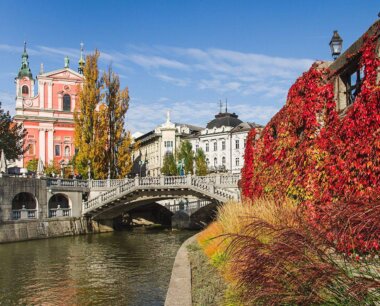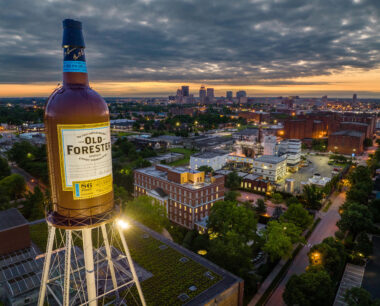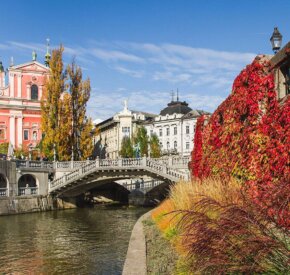
What is Gangneung Danoje? Everything to know about the South Korean festival
From mountain rituals and masked dramas to tug-of-war competitions and washing hair in iris-infused water, this UNESCO-listed festival is deeply embedded in Korean culture and traditions…
Gangneung Danoje Festival is one of the most important celebrations on the South Korean calendar. Since 2005, it has been inscribed on UNESCO’s Intangible Cultural Heritage of Humanity listing, highlighting its historic significance. Today, the event welcomes thousands of locals and international travellers to witness and participate in its traditional, and more modern, festivities. Here’s everything you need to know.
When and where does Gangneung Danoje festival take place?
The Gangneung Danoje festival takes place in the town of Gangneung, sitting on east coast of the Korean peninsula in the Gangwon Province.
The festival takes place every year for a total of 47 days, falling between the twentieth day of the third month to the seventh day of the fifth month on the Korean lunisolar calendar (usually between March and June). The celebration is related to the national holiday of Dano, celebrated on the fifth day of the fifth month.
Why is Gangneung Danoje festival celebrated?
As with most historic festivals, religion is at the centre of Gangneung Danoje, which is a larger celebration of the national holiday of Dano.
As South Korea was once an agricultural society, Dano was considered one of the most important days of the year, as it is when the sun was at its strongest. Dano was previously called Surit-nal, meaning ‘the day of god’, with people traditionally performing Shamanistic rituals to the gods to pray for successful crops after their seeds were sewn.
Today, the celebration of Gangneung Danoje festival is centred around making the gods happy and wishing for peace, with the region’s religions of Confucianism and Buddhism being celebrated alongside Shamanism.
What happens at Gangneung Danoje festival?
There are many elements of the festival, some parts more traditional than others.
Festivities begin with the brewing of the sacred liquid, which cannot be touched by anyone for weeks after to preserve its purity. This is followed by events that see worshippers travel up to the ridge of Daegwallyeong to participate in rituals at the mountain’s religious shrines. Shamanistic dances and music performances take place here in honour of the mountain gods and the local guardian gods.
The main events of Gangneung Danoje Festival – especially for visitors to participate in or spectate – take place between the first and seventh day of the fifth month, around the national holiday of Dano.
It begins with a procession of the people, called Yeongsin, seeing people from local villages dance and perform their way down the streets of Gangneung, escorting the gods to the Dano altar.
Rituals continue to take place each morning, and are dedicated to different subjects, but most importantly praying for love and peace from the spirits.
An outdoor stage in the town also welcomes various performances, including folk dances, puppet shows and theatrical plays – the most significant being the Gwanno Mask Drama.
In recent years, traditional Korean games and competitions have been introduced too, such as ssireum (wrestling), geune ttwigi (tree-swinging) and juldarigi (tug of war).
Those who visit can get involved with many festival activities and traditions, from creating festival fans and drawing masks for the Gwanno Mask Drama, to making surichiwi (rice crackers) and even washing your hair in changpomul (iris-infused water).
You also can’t miss Nanjang market. South Korea’s largest outdoor market now plays a pivotal role in the festivities, with local people selling handicrafts along with tasty traditional dishes.
What is the history behind the festival?
Although the origins of the festival are still unclear, it is thought some of the rituals can be traced back more than 1,000 years ago. The festival itself is said to be more than 420 years old, making it one of the oldest in the country.
During the Japanese colonial period between 1910–1945, the festival was on the cusp of disappearing. However, it was brought back in the 1950s as close to its original form as researched, and has been a popular event for Koreans and visitors ever since.
Although some customs have been lost due to adapting to modern popularity, many traditions are still preserved and the festival has now become an inclusive celebration, allowing people from any social class to join in.
Learn more at danojefestival.or.kr




















